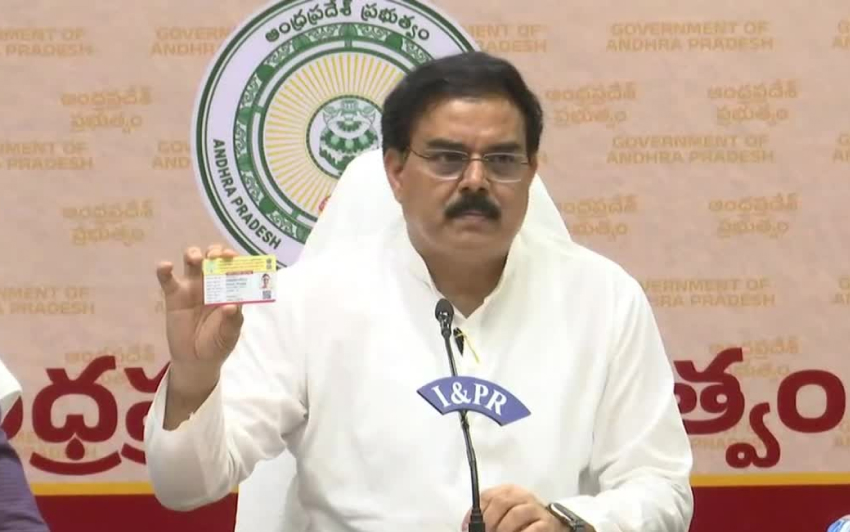On the night of August 31, a devastating flash flood in the Budameru Rivulet severely disrupted life in Vijayawada, affecting more than half of the city and leaving over 2.7 lakh residents stranded in their homes. Four days later, normalcy has yet to be restored.
Understanding Budameru and the Causes Behind the Flash Flood
Budameru is a small rivulet that begins in the former Khammam district, situated on the border between Andhra Pradesh and Telangana. This major drain, as classified by the Water Resource Department, flows through the Mylavaram Assembly constituency in the NTR district. It collects water from several streamlets and water bodies, as well as runoff from agricultural fields.
Streams such as Pulivagau, Bhim Vagu, and Loyavagu, along with others from Vissannapet and Tiruvuru, feed into Budameru. The rivulet then moves towards the northern parts of Vijayawada and continues to Kolleru, passing through Gudavalli, Gannavaram, Bapulapadu, Gudivada, and Nandivada.
Budameru has a history of flooding during the rainy season, earning it the nickname ‘Sorrow of Vijayawada’. The rivulet has a discharge capacity of 11,000 cusecs. Efforts to control the flooding included constructing a dam at Velagaleru village and creating the Budameru Diversion Canal (BDC) to direct excess water into the Krishna River. However, the BDC’s capacity is limited, and it has not been modernized. For Budameru water to be released into the Krishna River, the river's water level must be below 12 feet. If not, the floodwaters are pushed back with equal force.
Recent Flooding Events
Starting August 1, heavy rains in the upper reaches of the NTR district and Khammam region, exacerbated by a low-pressure system in the Bay of Bengal, caused significant rainfall. This led to breaches in about 30 tanks in Telangana and extreme inflows into Budameru and the Krishna River.
With the Krishna River's water levels rising, the excess floodwater could not be released into it through the BDC. Consequently, the 11 gates of the Velagaleru Head Regulator, which had not been used for years, were lifted. Unfortunately, the flood in Budameru had already widened unnoticed breaches, leading to inundation in Vijayawada’s areas such as Gollapudi, Milk Project, Jakkampudi, Kandrika, Payakapuram, and Ajit Singh Nagar.
Contributing Factors and Political Controversies
The flooding has been exacerbated by natural flow path obstructions caused by encroachments over the years. As flood relief efforts continue, a political debate has emerged over the failure to modernize the BDC and the encroachments on Budameru’s flood banks. Experts have pointed out that rapid urbanization and unchecked encroachments are significant factors contributing to the current disaster.
Why Is Budameru a Source of Sorrow for Vijayawada
